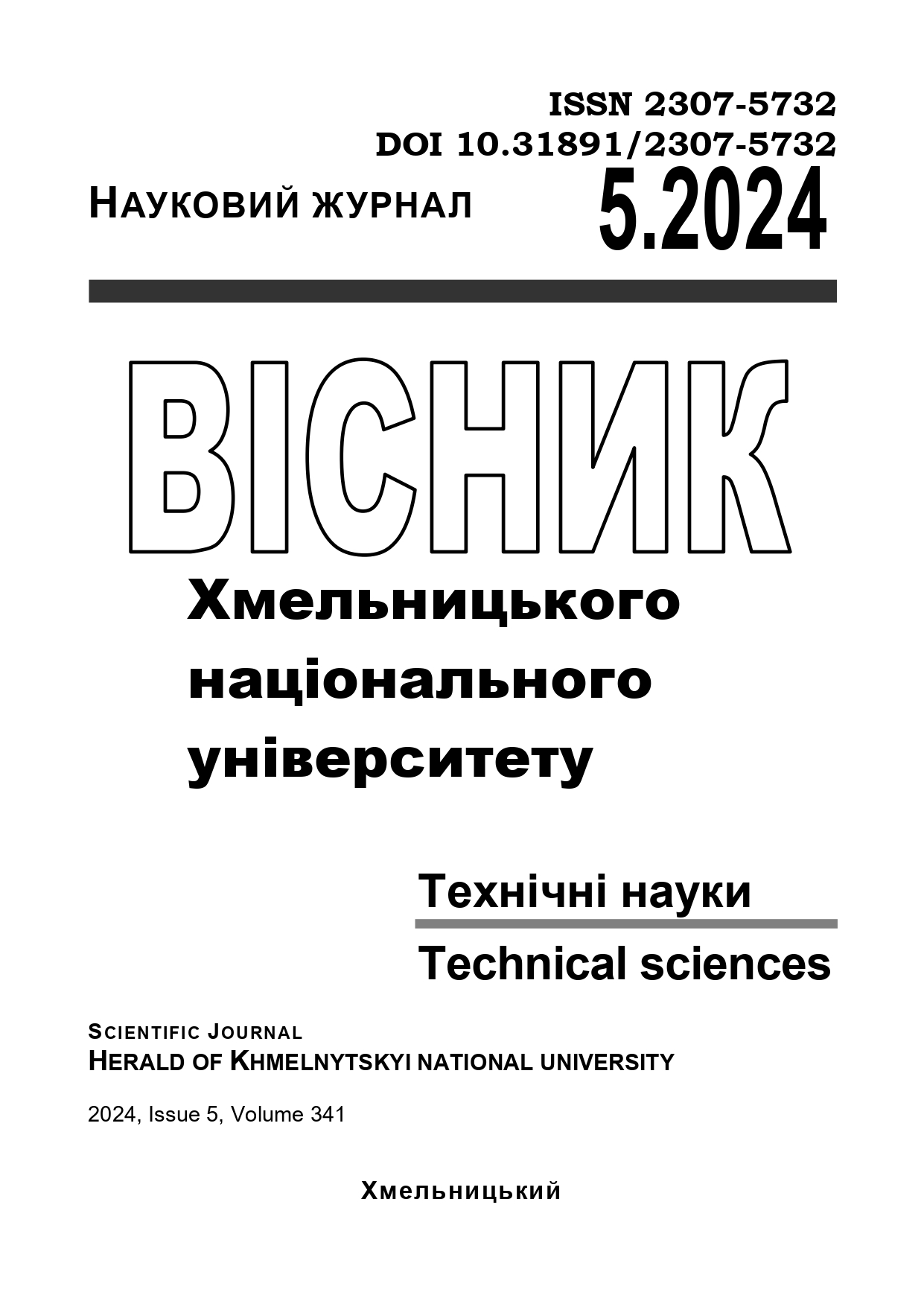EARLY DETECTION AND RELIABILITY CONTROL OF FIBER OPTIC CABLES IN MODERN TELECOMMUNICATION NETWORKS
DOI:
https://doi.org/10.31891/2307-5732-2024-341-5-45Keywords:
fiber-optic communication lines, optical fibers, reliability, mechanical stress, Brillouin Optical Time Domain Reflectometry, unauthorized access, monitoringAbstract
Ensuring the reliability of fiber-optic communication lines (FOCL) is a critically important aspect of modern telecommunication networks. The lack of information about the mechanical and thermal characteristics of optical fibers (OF) within optical cables (OC) can lead to unpredictable consequences such as reduced quality and lifespan of FOCL. One of the most significant factors affecting the lifespan of OF is mechanical stress, which should be avoided during operation.
This paper addresses the relevant issues of monitoring fiber-optic communication lines (FOCL) with a focus on contemporary diagnostic and monitoring technologies for optical cables. The importance of early diagnosis of mechanical stresses and other anomalies in FOCL to ensure their reliability and long service life is emphasized. Two primary monitoring methods are selected: Brillouin Optical Time Domain Reflectometry (BOTDR) and Optical Time Domain Reflectometry (OTDR), with detailed descriptions of their advantages and limitations. BOTDR, due to its ability to detect and measure mechanical stresses, provides high accuracy and sensitivity in monitoring the state of fibers. In contrast, OTDR allows for the detection of large defects and issues in long optical cables.
The paper also discusses the integration of monitoring technologies into telecommunication networks, including automated management systems, analytical tools for data processing, and integration with existing security systems. Automation of management and monitoring processes reduces the human factor and enhances network efficiency, as well as ensures prompt response to detected anomalies.
Examples of monitoring systems such as “ONMSi” by “JDSU” are provided, demonstrating the effectiveness of modern solutions in controlling both live and dark optical fibers. The paper describes how these systems enable rapid detection of damage, analysis of its causes, and timely remediation.
The analysis conducted shows that the implementation of modern monitoring technologies is critically important for ensuring the security and reliability of telecommunication networks. Future development prospects in the field are discussed, including the improvement of existing methods and the development of new technologies that will further enhance the effectiveness of fiber-optic network management and protection. The paper highlights the importance of a comprehensive approach to FOCL monitoring and the role of automated systems in maintaining their stable operation.

